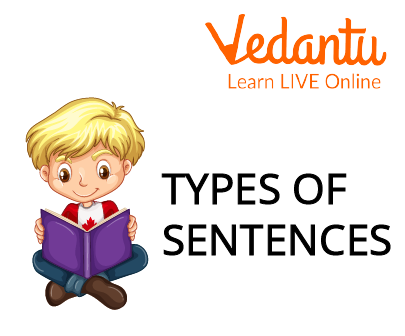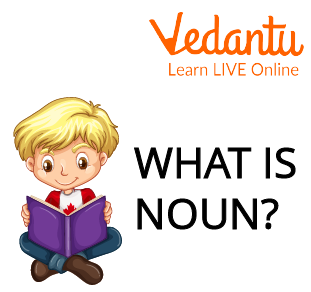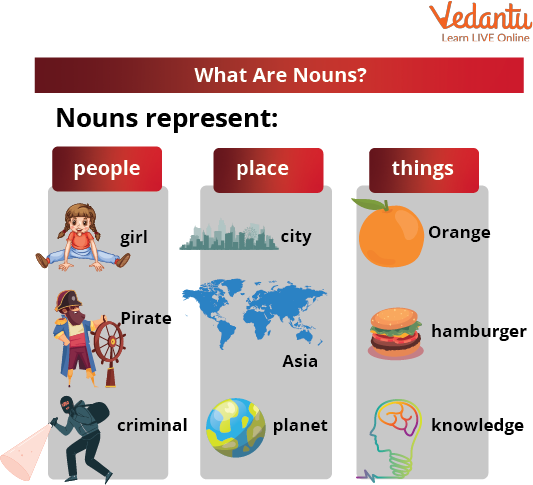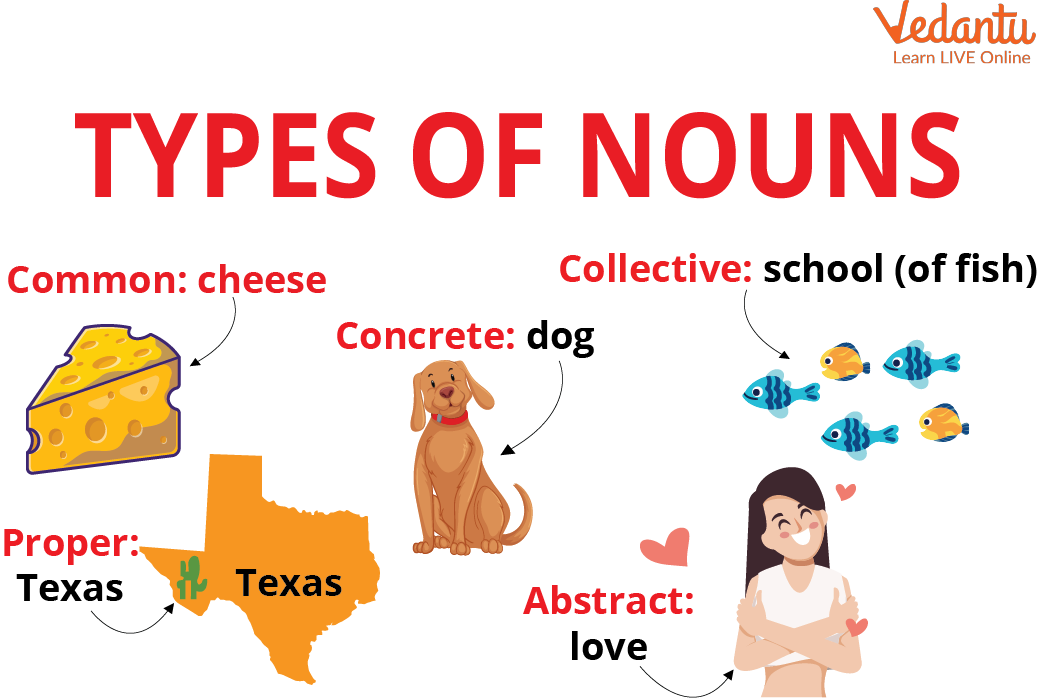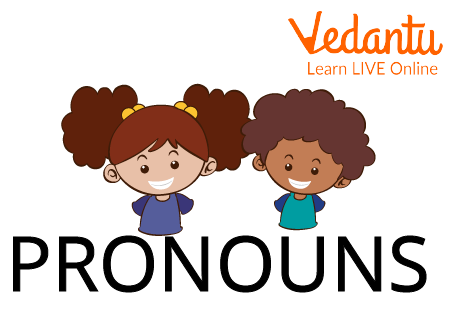Key English Grammar Concepts for Class 3 Students (2025-26)
FAQs on English Grammar for Class 3 – Comprehensive Guide with Free PDF
1. What is the variation between countable and uncountable nouns?
A countable noun is anything that we can count. It can be singular like a friend or plural like five books, etc. On the other hand, an uncountable noun is one that we can't count. Though, we can measure it, like water.
2. How do you improve the comprehension skills of Class 3 students?
Many students find that speaking the words aloud helps them comprehend what they are reading more fully than when reading silently in their mind. If your child is having trouble understanding a particular passage from a book or a particular word, encourage them to read aloud.
3. What is a collective noun?
A collective noun has a singular appearance yet refers to a collection of individuals or things. Collective nouns include terms like army, swarm, and flock.

























